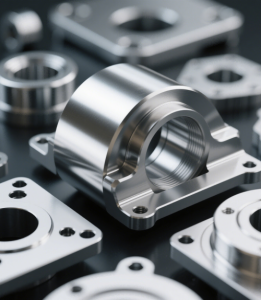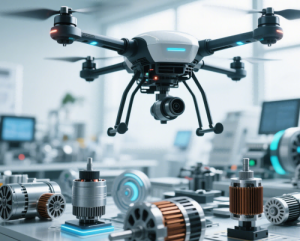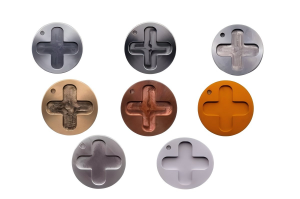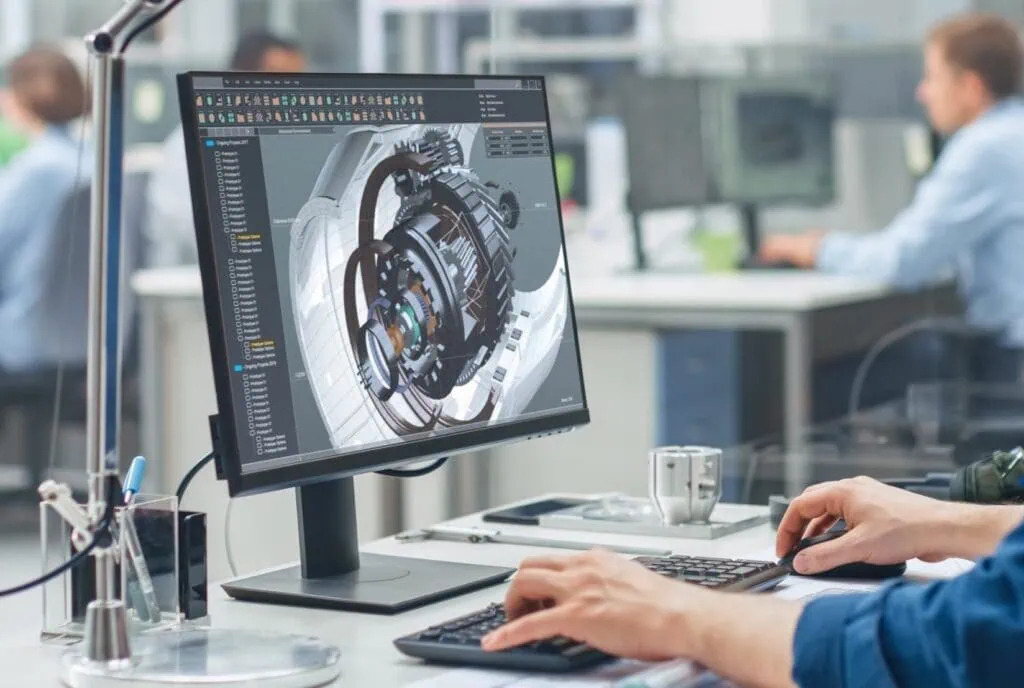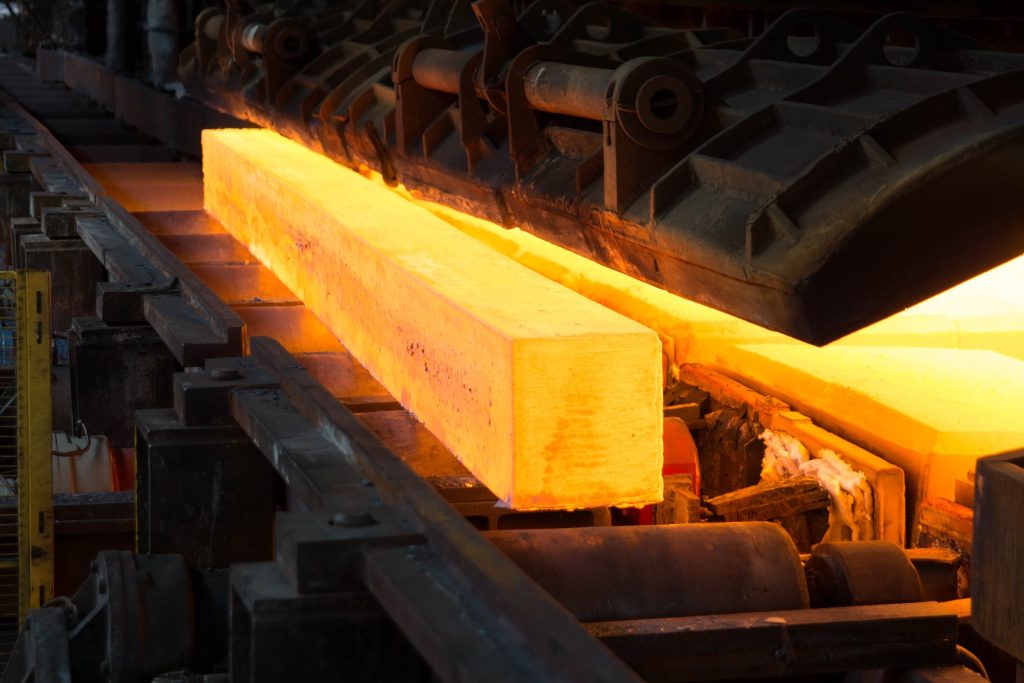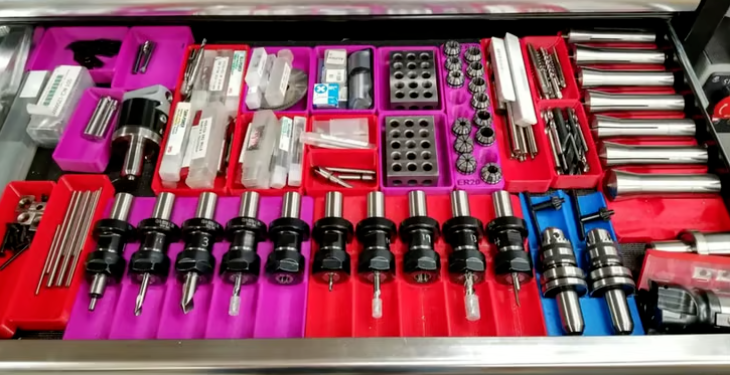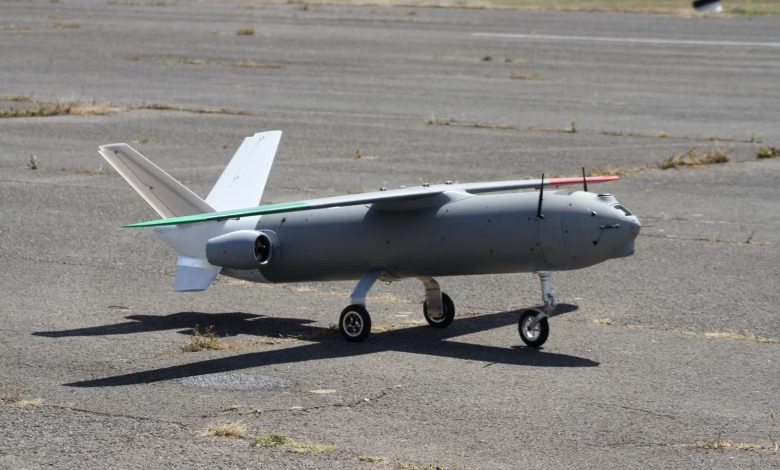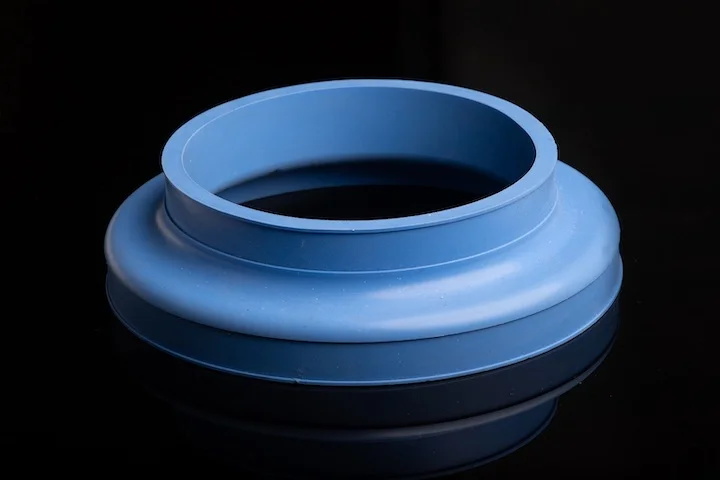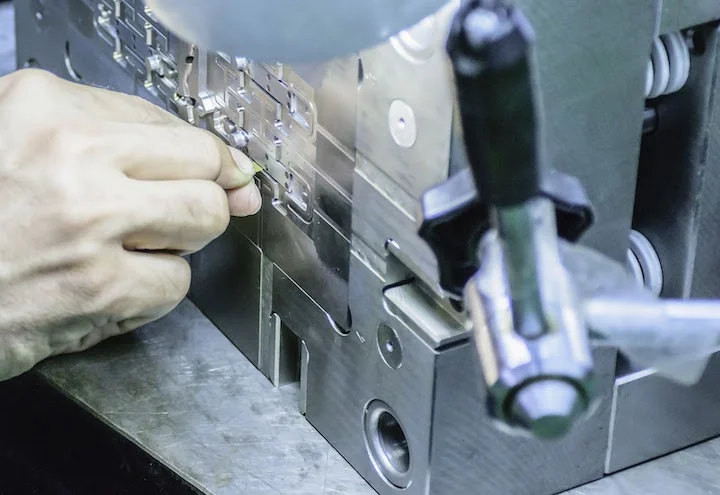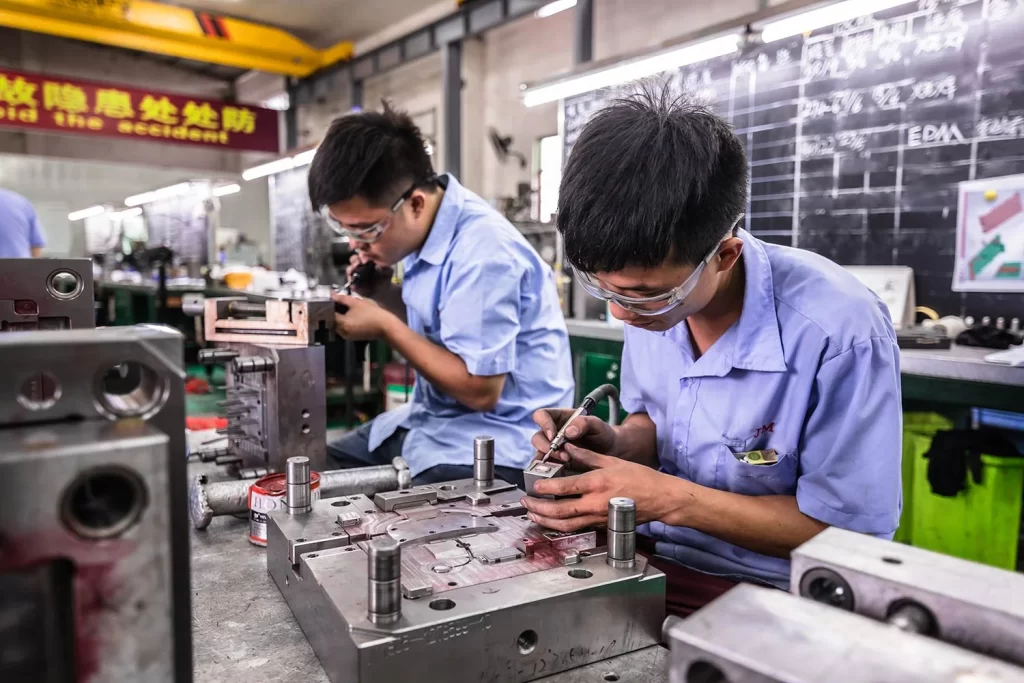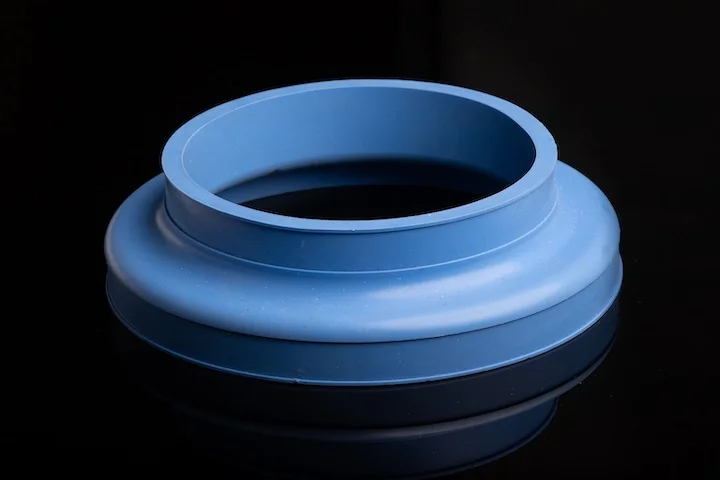The semiconductor industry, a driving force behind innovation and modern electronics, has evolved dramatically over recent decades. Driven by the constant demand for efficient, compact, and durable components, CNC machining plays a pivotal role in manufacturing these parts with nanometer-level precision. This article delves into the essentials of semiconductor CNC precision machining, highlighting its importance, role in modern technology, and the challenges it faces.
Understanding Semiconductor Manufacturing
Semiconductor manufacturing involves complex processes to create integrated circuits with transistors on silicon wafers. Key steps include doping, etching, and photolithography, ultimately producing electronic chips for diverse sectors like smartphones, automotive, computing, and aerospace.
What Are Semiconductors? Why Are They Important?
Semiconductor materials form the foundation of modern electronics, enabling everything from simple diodes to complex electronic circuits. Their applications span smartphones, automotive systems, computers, and aerospace technologies.
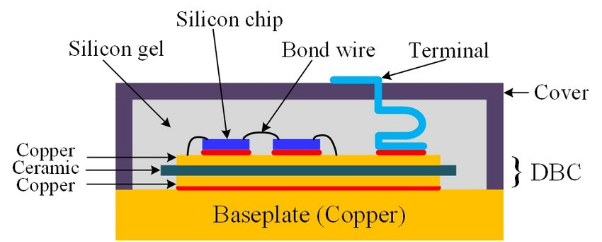
What Machines Are Used in Semiconductor Manufacturing?
CNC machines (e.g., CNC milling machines, lathes, cutters, and less commonly, plasma and laser cutters) are critical for semiconductor processing, offering nanometer-precise cutting and shaping of wafers and components. For wafer and IC production, CNC tools like cutters are used for wafer slicing, while others facilitate grinding, polishing, and etching.
The Role of Semiconductor Manufacturing Technicians
Semiconductor manufacturing technicians are skilled professionals proficient in operating, maintaining, and troubleshooting complex machinery. They ensure microchips and components meet strict standards for high-performance electronics, overseeing quality control, cleanroom environments, and equipment diagnostics.
Semiconductor CNC Machining Technologies
CNC machining is indispensable in semiconductor manufacturing, enabling precise shaping of components like heat sinks and housings for optimal functionality.
Why Is CNC Machining Crucial for the Semiconductor Industry?
CNC precision machining:
- Creates complex semiconductor wafers with minimal error.
- Ensures consistent, uniform parts with automated processes.
- Offers cost-effective, customizable solutions for semiconductor materials.
What Are the Three Main Types of Machining Technologies?
- CNC Turning: Manufactures cylindrical parts by rotating the workpiece against a fixed cutting tool.
- CNC Milling: Uses rotating multi-tooth tools to remove material and create complex shapes.
- CNC Custom Machining: Ideal for prototypes, one-off parts, or obsolete components, using 3-axis, 4-axis, or 5-axis mills, lathes, or mill-turn machines.
Advanced Machining Capabilities in Semiconductor Industry
Etching and Photolithography
- Photolithography: Transfers patterns from a reticle to a photosensitive material on a semiconductor wafer, including technologies like optical lithography and electron-beam lithography (EUV lithography and multipatterning for advanced applications).
- Etching: Selectively removes material from wafers to create patterns, with wet and dry etching crucial for 3D component fabrication and interconnects.
CAD/CAM Integration
Streamlines design and manufacturing for high-precision input and efficient complex circuit production (e.g., 3D printing).
API Machines
Facilitate software-device communication, data exchange, automation, and device control, essential for Industry 4.0 advancements in semiconductors.
Innovations in Multi-Axis CNC Machining
Focus on precision, automation, and sustainability, enabling complex, high-quality part production with reduced waste and downtime.
Examples of Semiconductor Machining Applications
- Aluminum Nitride (AlN) Products: Known for electrical insulation and thermal conductivity, used in heat sinks, LED lighting, substrates, and packaging for high-power/high-frequency electronics.
- Silicon Nitride: Applied in high-stress/high-temperature scenarios like cutting tools, automotive engine parts, bearings, and biomedical implants.
The Role of Machine Shops in Semiconductor Manufacturing
Machine shops using CNC machines play a vital role in producing high-precision parts like heat sinks, wafer carriers, and housings.
Advantages of CNC Machining for Semiconductor Parts
- High Precision: Manufactures complex components with minimal error.
- Excellent Surface Finish: Ensures optimal functionality.
- Fast Turnaround: Streamlines production with short lead times.
- Design Flexibility: Adapts to design changes via programming.
- Cost-Effective: Reduces waste and labor costs.
- Consistency: Delivers reliable, high-quality parts with minimal human error.
Case Studies of CNC Machining Applications
- Medical Devices: Produces small, complex, polished components for operating room equipment.
- Aerospace Parts: Meets strict standards (e.g., AS9100 Rev D) with high-precision components.
- Oil Industry Measurement Equipment: Manufactures critical tank measurement tools.
- 5-Axis Machining Centers: BAW’s 5-axis machines save 50 minutes per work hour, boosting productivity by over 60%.
How Much Do Semiconductor Machines Cost?
Semiconductor machine costs depend on type, material, labor, installation, project complexity, and timeline. Major processes can cost $50,000–$100,000, with some (e.g., ASML’s advanced lithography machines) exceeding $40 billion.
Challenges in Semiconductor CNC Machining
Thermal Expansion and Contraction
Temperature changes cause thermal expansion/contraction in semiconductors, leading to stress, cracking, and reliability issues during manufacturing and packaging.
Thin-Wall Part Machining
Challenges include low rigidity, complex thermal-mechanical coupling, weak damping, and time-varying dynamic properties, hindering high-performance semiconductor processing.
Material Strength and Impact Resistance
Semiconductor materials like silicon or quartz can be hard, brittle, or prone to deformation under high temperature/pressure, with heat and friction risking damage or distortion.
Tips for Optimizing CNC Machining Performance
- Choose designs with minimal tolerance requirements.
- Avoid thin walls and small components.
- Use industry-standard hole sizes.
- Add radii to internal edges.
- Select suitable materials, tools, and operators.

Precision CNC Machining in Semiconductor Industry
Achieving High-Tolerance Machining
Micron-level tolerances are possible through material selection, tool quality, cleanroom environments, quality control, and CNC machine capabilities meeting industry standards.
Material Impact Resistance and Strength
Minimize force/impact effects by selecting optimal geometry, shape, and size to distribute stress evenly, along with appropriate impact force and speed.
Material Preprocessing and Surface Treatment
- Preprocessing: Clean, polish, and dope silicon to form high-purity single-crystal wafers.
- Surface Treatment: Etching, deposition, and plasma processing enhance properties like harvest efficiency and defect reduction.
High-Precision Machined Components for Flexible Electronics
Crucial for flexible electronic circuits, these components (manufactured via micro-machining, laser processing, EDM, and Swiss machining) ensure high performance and reliability with micron-level tolerances.
Applications and Examples of Semiconductor CNC Machining
CNC Machining for Wafer and IC Production
CNC machines produce wafers, ICs, and auxiliary tools/fixtures for wafer processing, ensuring precise alignment. Components include heat sinks, semiconductor housings, connectors, and specialized equipment.
CNC Solutions for Custom Semiconductor Components
- Distro Boards: Made from ultra-pure silicon carbide, these ensure uniform gas flow in wafer processing, featuring high thermal conductivity, low impurities, and corrosion resistance. CNC machines shape them with nanometer-precise holes for water block connections.
Electronic Circuits and High-Tech Manufacturing
CNC milling and turning create custom high-precision PCBs by removing copper from substrates, offering a safer, chemical-free alternative to traditional etching.
The Importance of Surface Finish in Semiconductor CNC Machining
Precise surface finish is critical for semiconductor performance, affecting electrical conductivity, optical properties, and heat dissipation. Semiconductors require extremely flat, polished (mirror-like) surfaces for consistent nanometer-level device functionality and complex structure alignment.
How Does Debaolong Seiko Help?
Debaolong Seiko provides custom CNC machining services with end-to-end solutions from prototyping to mass production, prioritizing quality, innovation, and customer satisfaction. Our engineers analyze designs to produce parts tailored to client needs.
Conclusion
Semiconductor materials enable smaller, faster, and more efficient electronic circuits and devices, serving as vital components in transistors for switching and amplification. Debaolong Seiko’s CNC precision machining offers specialized, custom parts for diverse industries, driving technological advancement.

